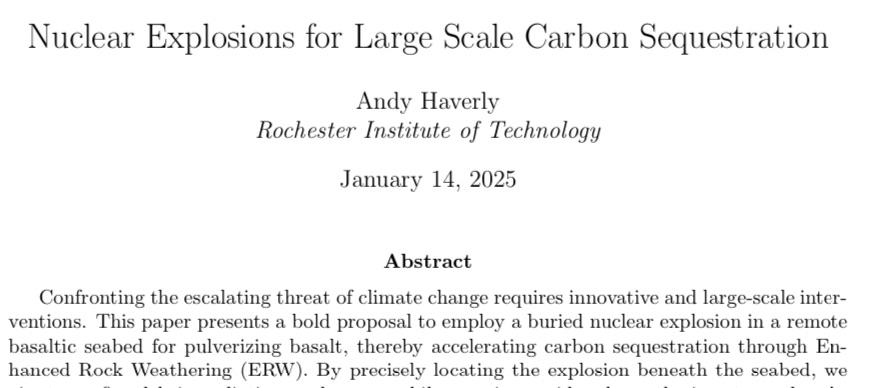this post was submitted on 11 Feb 2025
348 points (99.4% liked)
Science Memes
12097 readers
1808 users here now
Welcome to c/science_memes @ Mander.xyz!
A place for majestic STEMLORD peacocking, as well as memes about the realities of working in a lab.

Rules
- Don't throw mud. Behave like an intellectual and remember the human.
- Keep it rooted (on topic).
- No spam.
- Infographics welcome, get schooled.
This is a science community. We use the Dawkins definition of meme.
Research Committee
Other Mander Communities
Science and Research
Biology and Life Sciences
- [email protected]
- [email protected]
- [email protected]
- [email protected]
- [email protected]
- [email protected]
- [email protected]
- [email protected]
- [email protected]
- [email protected]
- [email protected]
- [email protected]
- [email protected]
- [email protected]
- [email protected]
- [email protected]
- [email protected]
- [email protected]
- [email protected]
- [email protected]
- [email protected]
- [email protected]
- [email protected]
- [email protected]
- !reptiles and [email protected]
Physical Sciences
- [email protected]
- [email protected]
- [email protected]
- [email protected]
- [email protected]
- [email protected]
- [email protected]
- [email protected]
- [email protected]
Humanities and Social Sciences
Practical and Applied Sciences
- !exercise-and [email protected]
- [email protected]
- !self [email protected]
- [email protected]
- [email protected]
- [email protected]
Memes
Miscellaneous
founded 2 years ago
MODERATORS
you are viewing a single comment's thread
view the rest of the comments
view the rest of the comments

The ocean dissolves a large amount of CO2, which then, just like in the rain example, can react with minerals. It can react faster if there is more surface area of said minerals.
Do you know if Co2 that dissolves into water is less buoyant, or is it held in suspension? Or is this relying on the sediment being suspended in the ocean for a while before being deposited back on the ocean floor?
They expect the pulverised rock to be spread by the blast and distributed on ocean currents, the CO2 is throughout the water column, it moves over concentration gradients, if one volume of water has 1g/L and another has 3g/L then CO2 will move from the 3g/L bit into 1g/L bit until they are in balance
I think they hope the pulverised rock will be spread so it works quicker, not having to wait for CO2 to balance
Thanks, that makes things make a bit more sense.
I am not sure if I understand you. Dissolved CO2 in water of like normal water. There is no crazy difference. If water can get to the rocks, so can the dissolved CO2.
Oh, I was just pondering the efficiency. If Co2 is held in suspension and only the top layer of sediment is going to be exposed to the carbon in the water, and not to a degree of co2 more concentrated than normal.
Every bit that is in contact with water is also in contact with CO2.